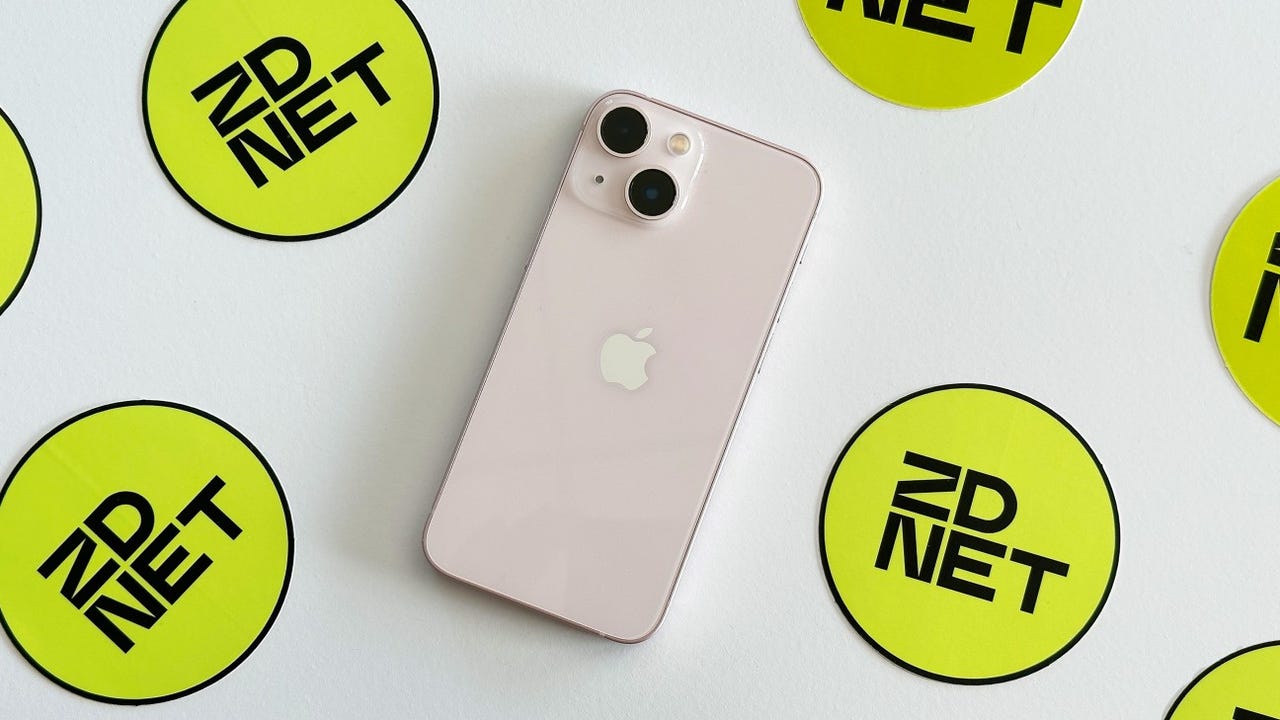Battery bad after installing iOS 16.4? Try these tips

Here we are, yet another iOS release, and iPhone owners are once again divided.
Along with all the new features — including 31 new emojis — and several dozen security fixes, does the new iOS 16.4 update improve or degrade battery life?
Also: The best iPhones right now
I've been keeping an eye on social media and Apple's support forums, and opinions are mixed. Some say this update is a big improvement, others say it's abysmal.
If you're experiencing better battery life, good for you. You can stop reading here and get on with your day.
However, if you are one of those people having battery issues, I have some tips and tricks to help your make it through the day.
1. Be patient
It's normal to experience a drop — even quite a significant drop — in battery life following the installation of an iOS update.
Also: How to find out if an AirTag is tracking you
iPhones need to carry out a number of tasks in the background in the aftermath of an update. This consumes more battery power than usual, and the battery life will return to normal once all these extra tasks have been completed.
2. Reboot again
It might seem strange to recommend a reboot since the update process reboots the iPhone, but it actually helps. And remember, that reboot that happens following an update triggers off a raft of post-update actions, from updating indexes and recalibrating the battery.
If the iPhone is burning through the battery after the update, then a reboot a might bring things under control. It's worked for me, and it's worked for several other people I've recommended.
And it doesn't cost you anything beyond a couple of minutes.
3. Update your apps
The problem might not be an iOS issue but more a problem with an app gone rogue, especially when new versions of iOS have been released. That means it's a good idea to make sure all your apps are updated before you go spending a lot of time trying to diagnose what's going on.
Also: How to hide an Apple AirTag on your bike
Fire up the App Store app and tap your profile icon in the corner, then scroll down to Available Updates to look for updates (I like to pull down this screen to refresh it, so I see all the latest updates).
4. Find out what's eating your battery
OK, so updating iOS and your apps hasn't solved the issue, and your battery is showing as fine. What else could it be? It could be a rogue app that's draining the battery. And fortunately, iOS offers you the tools you need to track down misbehaving apps.
Also: Best MagSafe battery pack for your iPhone
Head over to Setting > Battery, and here you will see a lot of data, including Battery Usage By App. Tapping also allows you to switch to Activity By App, which shows a breakdown of how much power the app is using while on the screen and how much it is using when in the background.
Analysing battery drain in iOS. Adrian Kingsley-Hughes/ZDNET
You can use this information to diagnose battery drain issues. Here are some other things you can use this information for:
- An app going berserk in the background will show lots of activity in the background compared with screen activity (try disabling background activity for that app and see if that helps).
- You can spot charging problems (Was the battery actually charging when you thought it was?).
- You can also spot poor battery performance (look for battery charge falling rapidly).
5. Check if your battery needs replacing
Your iPhone getting on a bit?
If it's 4 years or older, then the battery might be getting old and need replacing.
Tap on Settings and head to Battery > Battery Health & Charging and check what the Maximum Capacity of the battery is listed as. If this is below 80% then this could indicate a worn battery.
6. Wait for the next iOS update
Bugs do slip through the net, and sometimes all you can do is wait for Apple to fix the problem and roll out a new update.
Apple is getting much better about fixing issues like this, although you do have to wait for the fix and take a gamble that the new update does indeed fix the problem and not cause more chaos.
That said, given that pretty much every update Apple rolls out nowadays is packed with iOS security updates, I recommend installing updates, as not doing this can leave your iPhone vulnerable to attack.

